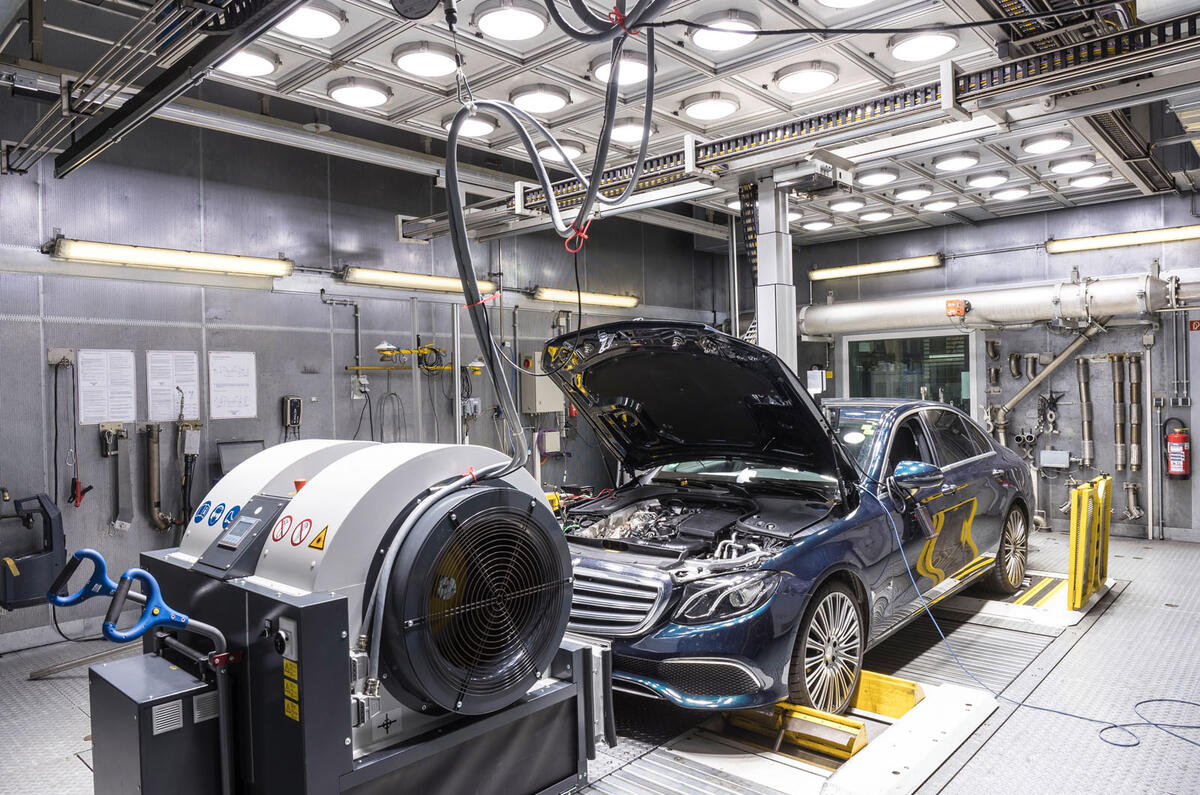Tightening emissions are a fact of life if you sell cars into the European Union. But car companies are currently spitting feathers over the EU’s latest plan to cut pollutants from new cars, both ICE and electric, that will be known as Euro 7.
The manufacturers are attacking the proposals from all sides, calling them costly, unnecessary and impossible to implement between now and the (very tight) proposed start date from 1 July 2025 for new cars and light vans.




Add your comment